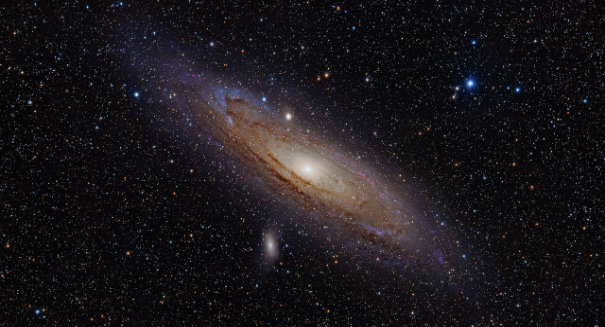
Using the ALMA telescope in Chile, scientists were able to glimpse -- for the first time ever -- the birth of a galaxy close to the Big Bang.
Scientists were shocked after witnessing what they believe to be the formation of star-forming gas clouds from deep in the early universe, a first-of-its-kind discovery that could lead to new breakthroughs in astronomy.
Scientists used the European Southern Observatory’s ALMA telescope in Chile, which is capable of looking deep into space — even past all the easy-to-spot galaxies and at the distant stuff in the background that is billions of years old, like looking back in time to near when the Big Bang happened, according to a UPI report.
Astronomers were looking for some of the oldest galaxies in the universe — just 800 million years after the Big Bang — when they spotted something interesting near the side of galaxy BDF 3299: some glowing carbon. This indicates some early galaxy-forming dust that represents the most distant detection ever of such emissions, said Andrea Ferrara, an Italian astronomer from Scuola Normale Superior and the study’s co-author, according to the report.
This finding means that scientists are watching galaxies in some of their earliest stages of development, as when time started, the space was likely filled with such gas clouds, from which stars began to take shape, clearing up the gas clouds through a process called reionization.
Using ALMA, they were able to spot this dust in the stage before it was turned into stars. It was found near BDF 3299, probably because all of those stars in the galaxy and cleared the dust out of the galaxy’s center, making it visible to scientists.
In Big Bang cosmology, reionization refers to the process of reionizing matter, which is the second of two major phases of the transition of gas, with the first begin the change of hydrogen in the universe, called recombination.